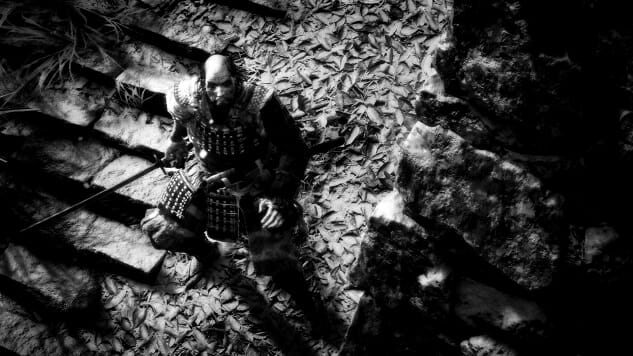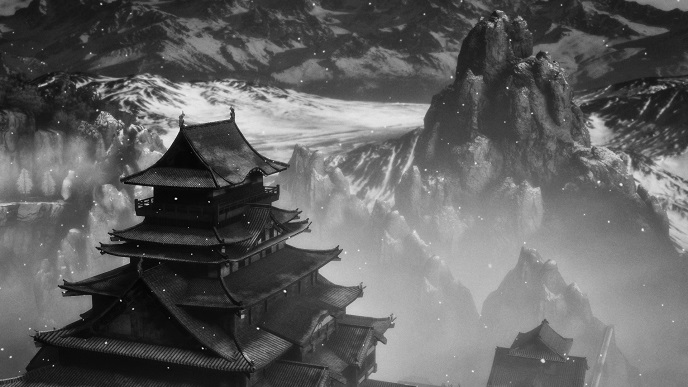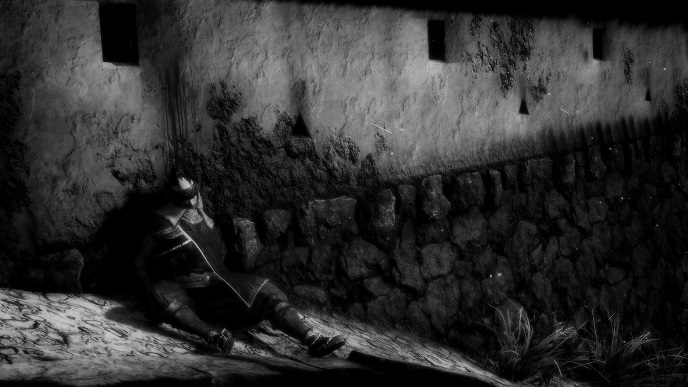In Pursuit of the Shot in Sekiro: Shadows Die Twice

Sekiro: Shadows Die Twice continues the From Software trend of not including a photo mode, not really. And in a way, I’m glad. The relationship of player to avatar and avatar to space is too indelible, too crucial for these games. But for me, the joy in photographing these spaces is in the pursuit of the photograph, seeing a place experientially. Learning it, and discovering more about it the way loresters internalize and piece together the fragmentary narratives that build out these world. To photograph a From Software game is to contend with its realities, both cruel and marvelous.

Dark Souls kept me locked in space, in tight corridors, constantly bracing for what was around any corner. Sekiro let’s me dance above it, swinging like Spider-Man from tiled roof to tree branch to tiled roof again. And because of this, my relationship to space has changed, and with it my photography.
With the movement restrictions of Souls lifted, I no longer feel an antagonistic relationship to place. While Sekiro’s zones are still “hostile” in that they are populated with opponents, tools of extraction are numerous. The opportunity to skirt danger by existing in an elevated level as I navigate a space means I don’t feel the same anxieties. In On Photography, Susan Sontag writes that photographs “help people to take possession of space in which they are insecure.”

I don’t feel this in the same way with Sekiro. Within minutes of entering an area, I am at ease. Sekiro doesn’t offer me the tools to dominate a space, but to literally rise above it. To see the space as a tactical puzzle.
I take a lot of photos of the surrounding landscape. Of the way the buildings I clamber across are set into their world, their relationship to each other, to the natural world. The way tiny black pines and juniper trees twist themselves out through rock, maples framed by sunlight and gables. Or soldiers, who will soon be caught unaware when I plunge down on them, in the last moments of their existence. While it’s possible to skate across the surface of Sekiro in ways unthinkable for previous From games, at some point, all players and player-photographers have to descend, place themselves into the thick of things, to pierce the veil and engage with the depth of a space. To fully understand a space, you have to engage with it fully. And that requires vulnerability, the potential of danger, to become insecure.

